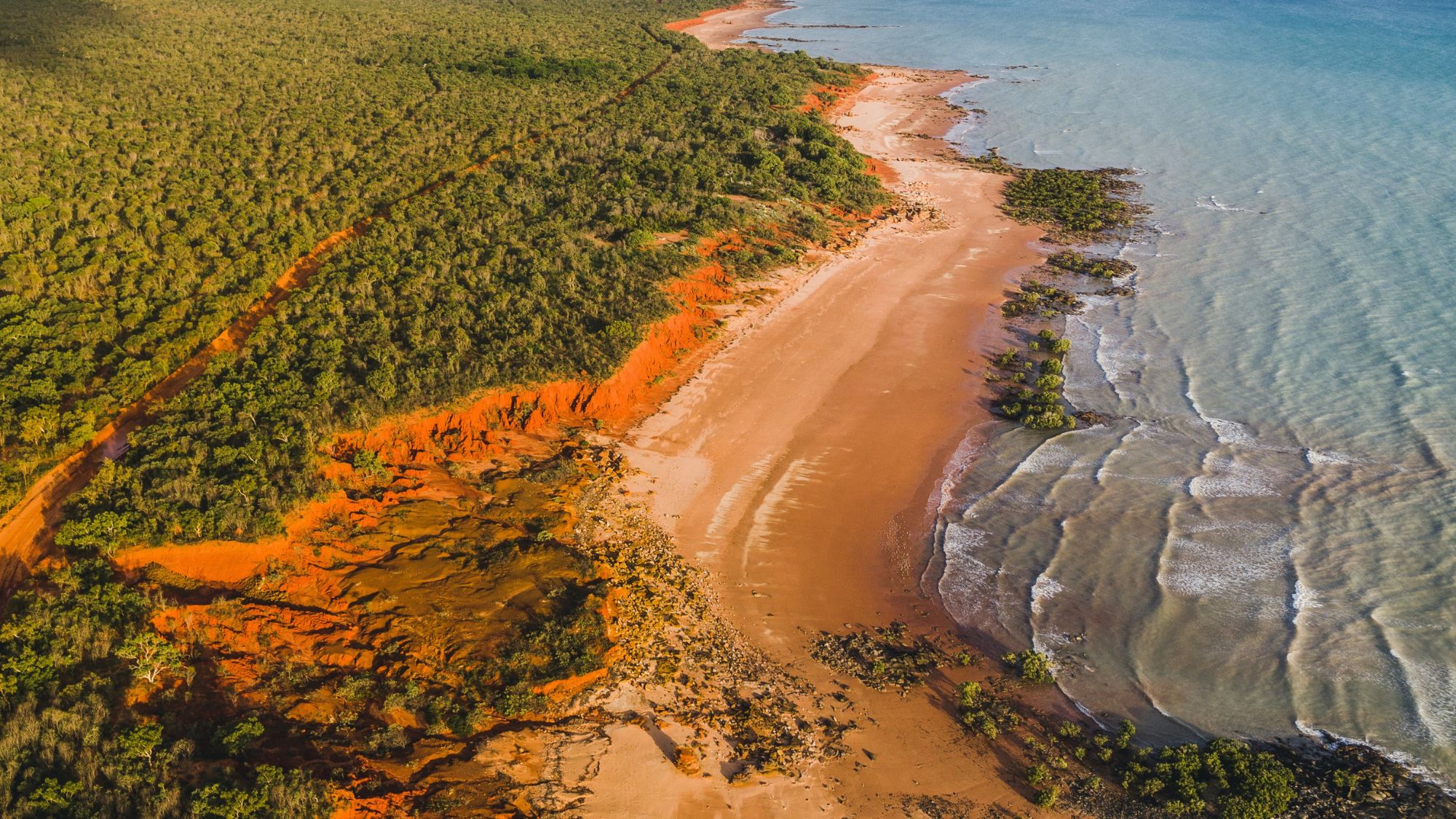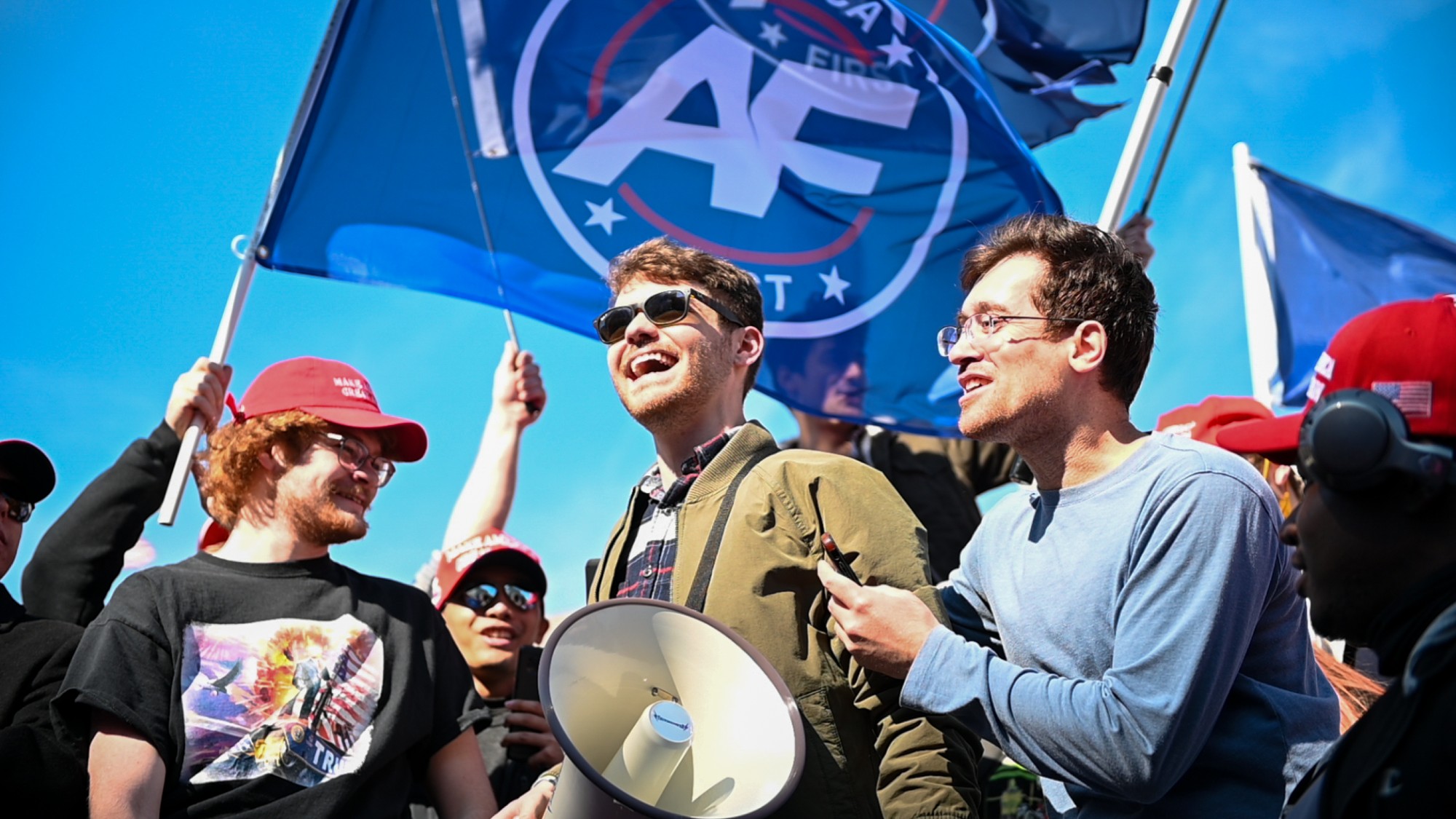Spain: The nuclear accident the U.S. forgot
In January 1966, a U.S. B-52 bomber collided with a tanker as it was refueling above the Spanish village of Palomares, releasing four nuclear bombs, said Miguel Ángel Criado in Público.
Miguel Ángel Criado
Público
More than 40 years after an American nuclear accident contaminated their town, the people of Palomares are still waiting for the U.S. to clean up the mess, said Miguel Ángel Criado. In January 1966, a U.S. B-52 bomber collided with a tanker as it was refueling above the Spanish village, and four nuclear bombs were released. The non-nuclear explosives in two of the bombs detonated, spraying more than 500 acres with toxic plutonium. After the accident, the U.S. transported about 2,000 cubic yards of soil to an American nuclear reservation, and forgot all about the matter. But the town could not.
The Week
Escape your echo chamber. Get the facts behind the news, plus analysis from multiple perspectives.

Sign up for The Week's Free Newsletters
From our morning news briefing to a weekly Good News Newsletter, get the best of The Week delivered directly to your inbox.
From our morning news briefing to a weekly Good News Newsletter, get the best of The Week delivered directly to your inbox.
While adverse health effects have been few, “Palomares is suffering a stigma that’s both social and economic,” says Mayor Juan José Pérez. Despite the region’s historic interest as the site of Europe’s most advanced prehistoric society, Spaniards think of it as a no-go area. So the mayor has proposed building a museum dedicated to the history of the site that would start with the Bronze Age and go right up to the accident, complete with a replica of a B-52. But before anyone will build, a further 8,000 cubic yards of contaminated earth need to be hauled away—and so far the Americans are balking. “They have to do it,” ecologist Igor Parra says. “It’s an exercise in historical justice.”
A free daily email with the biggest news stories of the day – and the best features from TheWeek.com
-
 A luxury walking tour in Western Australia
A luxury walking tour in Western AustraliaThe Week Recommends Walk through an ‘ancient forest’ and listen to the ‘gentle hushing’ of the upper canopy
-
 What Nick Fuentes and the Groypers want
What Nick Fuentes and the Groypers wantThe Explainer White supremacism has a new face in the US: a clean-cut 27-year-old with a vast social media following
-
 5 highly amusing cartoons about rising health insurance premiums
5 highly amusing cartoons about rising health insurance premiumsCartoon Artists take on the ACA, Christmas road hazards, and more
-
Ukraine: Fascist coup or Russian invasion?
feature Crimean voters will confirm the decision to rejoin Russia in a referendum scheduled for March 16.
-
Ukraine: Only Germany can deal with Russia
feature Vladimir Putin is betting that the West will simply squawk a bit and then calm down. Will he win the bet?
-
Ukraine: Torn between Europe and Russia
feature Ukraine’s revolution may not be over— many in Crimea are waving Russian flags and refusing to recognize the provisional government in Kiev.
-
Ukraine: Will Europe intervene?
feature The masses of protesters are no longer confined to Kiev—they’re all over the country.
-
Ukraine: A pro-Europe people with pro-Russia leaders
feature Hundreds of thousands of Ukrainians are united in fury against President Viktor Yanukovych.
-
Ukraine: Yanked back toward Mother Russia
feature Ukraine is once again torn between its pro-European and pro-Russian halves.
-
Europe: Is it time to bomb Syria?
feature The West has so far been governed by those who say the Syrian conflict is too complex and messy to get involved in.
-
Turkey: Was the military really planning a coup?
feature The charges against the military were so outrageous as to be hard to believe.